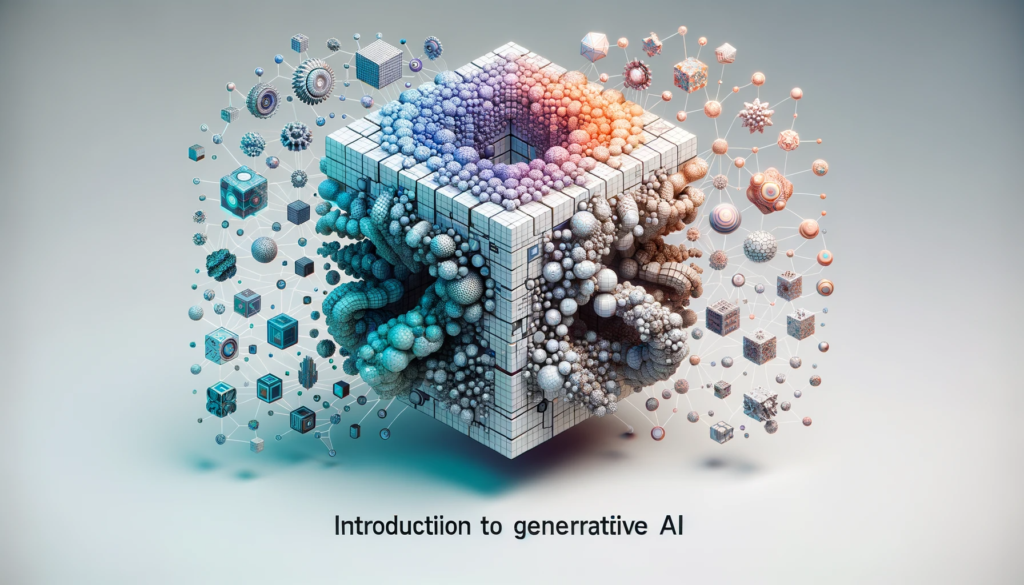Table of Contents
- Introduction to ChatGPT Codex
- What is ChatGPT Codex?
- How ChatGPT Codex Works
- Key Features of ChatGPT Codex
- What Can ChatGPT Codex Do?
- Real-Life Examples of ChatGPT Codex in Action
- Impact of ChatGPT Codex on Developers and Coding Jobs
- ChatGPT Codex for Students and Education
- Benefits and Limitations of Using ChatGPT Codex
- Future of AI Coding with ChatGPT Codex
- Final Thoughts: Should You Try ChatGPT Codex?
- FAQs About ChatGPT Codex
Introduction to ChatGPT Codex
OpenAI has just launched ChatGPT Codex, a powerful AI coding assistant integrated right into ChatGPT. Imagine simply telling your AI, “Write me a login page” or “Fix this bug,” and watching it handle the coding for you. This new tool is being described as a “cloud-based software engineering agent”, in short, your smart AI sidekick for coding.
What is ChatGPT Codex?
ChatGPT Codex, also known as Codex ChatGPT, is an AI coding co-pilot. It’s powered by a new AI model called codex-1, which is based on OpenAI’s o3 model and trained specifically for software engineering tasks.
This AI agent understands natural language prompts and generates production-ready code that closely mirrors human developer style. It lives in a secure cloud workspace called a sandbox, allowing it to safely read, edit, test, and update your codebase without affecting your live projects.
Currently, ChatGPT Codex is available in research preview and rolling out first to ChatGPT Plus and Enterprise users, with Education users expected soon.
How ChatGPT Codex Works
Using Codex ChatGPT is designed to be simple:
- Open ChatGPT Sidebar
- Switch to Codex Mode
- Type your coding task or question
Once you hit submit, Codex begins working in the background. Each task runs in its own isolated environment with access to your project files. Whether it’s adding a feature or debugging, Codex processes your task and shows live progress.
Task Processing Workflow:
- Runs tests
- Lints code
- Applies changes
- Provides detailed logs and pull request links
You stay in control, reviewing all code changes before merging.
Key Features of ChatGPT Codex
- Natural Language to Code Translation
- Bug Fixing and Debugging
- Automated Testing and Test-Fix Loops
- Code Refactoring and Cleanup
- Pull Request Generation
- Real-Time Progress Monitoring
- Works inside ChatGPT UI
What Can ChatGPT Codex Do?
Codex ChatGPT is capable of handling a wide range of programming tasks, such as:
- Writing New Features: Describe the feature in English, and Codex generates the code (HTML, JavaScript, Python, etc.).
- Debugging: Give it an error or problem description, and it’ll attempt to fix your code.
- Code Explanation: Ask, “What does this function do?” and get a plain English explanation.
- Running Tests: Codex will run your test suite and keep fixing issues until all tests pass.
- Refactoring Code: Rename variables, update code styles, or add documentation.
- Creating Pull Requests: Automatically packages changes and gives you a pull request link for review.
Real-Life Examples of ChatGPT Codex in Action
During OpenAI’s demo, ChatGPT Codex built an entire Rock-Paper-Scissors game from a single text prompt.
Other exciting use cases:
- Creating React Contact Forms
- Building Website Templates
- Writing Python Data Scripts
- Automating Git Commits
Imagine telling Codex:
“Create a portfolio website with sections for bio and projects.”
And boom! HTML, CSS, and JavaScript ready!
Impact of ChatGPT Codex on Developers and Coding Jobs
Many developers are curious (and a little anxious) about what Codex ChatGPT means for their careers.
Positive Impacts:
- Speeds up coding
- Handles repetitive tasks
- Lets developers focus on creative problem-solving
- Works like a tireless junior developer
Concerns:
- Job displacement fears
- New roles emerging like AI Prompt Engineer
- More focus on code review and quality control
OpenAI themselves say their engineers are already using Codex to “ship faster and stay focused on what matters most.”
ChatGPT Codex for Students and Education
Codex ChatGPT could revolutionize how students learn to code.
Benefits for Students:
- Instant coding help
- Error debugging tutor
- Code explanation like a private teacher
- Faster project completion
However, there’s a flip side:
Educators may need new strategies to ensure students actually learn and don’t just copy-paste AI solutions.
Benefits and Limitations of Using ChatGPT Codex
Benefits:
- Time-saving
- Accurate for common coding patterns
- Increases productivity
- Reduces developer burnout
Limitations:
- Not always perfect
- Requires human review
- Not a replacement for expert developers
- Currently in limited rollout (Research Preview)
Future of AI Coding with ChatGPT Codex
OpenAI envisions ChatGPT Codex as a long-term solution to boost developer productivity. The company is actively gathering feedback to improve Codex for different use cases and industries.
Expect even more powerful features in future updates, like support for more programming languages, better multi-file project management, and stronger debugging capabilities.
Final Thoughts: Should You Try ChatGPT Codex?
If you’re a developer, student, or tech enthusiast, ChatGPT Codex is worth trying. Whether you’re fixing bugs, adding features, or just experimenting, Codex ChatGPT promises to make coding more accessible and fun.
As OpenAI continues refining it, early users will have the chance to shape its development.
So, if you’re on ChatGPT Plus or Enterprise, go check your sidebar. Codex might already be waiting for your first prompt!
FAQs About ChatGPT Codex
Q1: Is ChatGPT Codex free to use?
Currently, Codex is available in research preview for ChatGPT Plus, Enterprise, and Education users.
Q2: Which programming languages does ChatGPT Codex support?
It supports popular languages like Python, JavaScript, HTML, CSS, and more.
Q3: Can ChatGPT Codex open pull requests automatically?
Yes! Codex can bundle its code changes and generate a pull request for you.
Q4: How do I enable Codex ChatGPT?
Simply open ChatGPT, check the sidebar for “Code,” and start prompting.
Q5: Is ChatGPT Codex safe for production code?
Codex runs in isolated sandboxes. However, always review the code before deploying to production.

